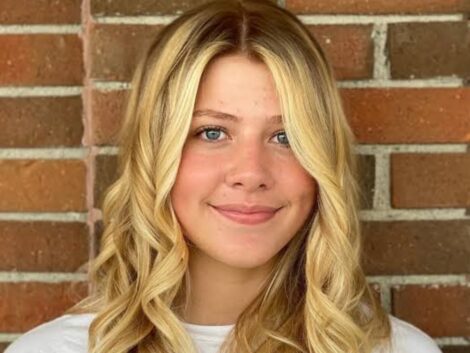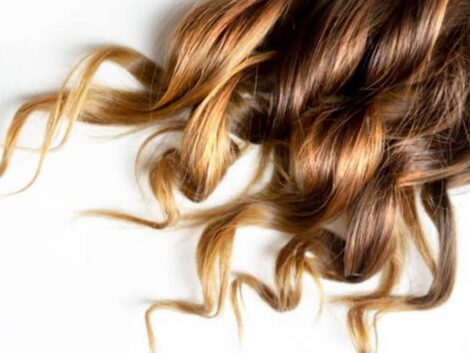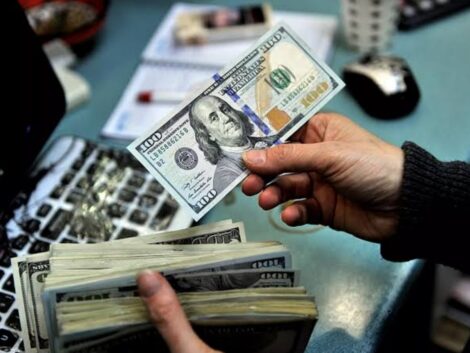A specific individual did not create Balayage, but it emerged as a popular hair coloring technique in France during the 1970s.
While no single person is credited with its creation, stylists in France, such as Jack Dessange, played a significant role in popularizing this technique. It involves a freehand application of color, with stylists hand-painting highlights onto the hair to create a natural and soft look. This technique offers a more subtle and blended effect than traditional foil highlights, making it a popular choice in hair coloring.
How Did Balayage Get Its Name?
Balayage gets its name from the French word “bilayer,” meaning “to sweep.” It’s a technique where colorists would hand-paint highlights onto the hair, sweeping the color on in a sweeping motion.
The name “balayage” was then coined to describe this method of application, and it quickly gained popularity as a way to create natural-looking, sun-kissed hair. This name still signifies the sweeping motion used during the process, which results in soft, blended highlights that resemble the way sunlight naturally lightens the hair.

What Did Balayage Used To Be Called?
Before the term “balayage” gained popularity, this technique had a different name.
Originally, balayage was known as “Balayage à Coton” or “Balayage à l’Air Libre” in French, which translates to “sweeping with cotton” or “sweeping in the open air.” The technique was developed in France during the 1970s by Parisian hairdressers seeking a softer, more natural alternative to traditional foil highlights. They used cotton or other materials to create a subtle gradient effect, mimicking the way the sun naturally lightens the hair.
As the technique gained recognition and popularity, hairdressers around the world started referring to it as “balayage,” which is the French word for “sweeping” or “painting.” The name change was likely influenced by the hand-painting motion used during the application process.
Today, balayage has become a widely recognized term in the hair industry, representing a timeless and versatile coloring technique that adds dimension and brightness to the hair while maintaining a soft, natural-looking finish.
What Is The Theory Of Balayage?
The balayage theory revolves around creating a seamless, natural-looking hair color through a freehand painting technique. Unlike traditional highlighting methods that involve foils or caps, balayage artists carefully select sections of the hair to hand-paint the color, focusing on areas where the sun would naturally lighten the hair.
The theory is rooted in the desire to mimic how natural light interacts with the hair, resulting in soft, blended, and sun-kissed highlights. By using sweeping and painting motions, the colorist can personalize the placement of the highlights, creating depth, dimension, and movement in the hair. This method considers the individual’s hair texture, face shape, and desired outcome to achieve a tailored and personalized look.
The technique of balayage emphasizes precision and artistry. Skilled colorists use their expertise to determine the perfect placement of light and dark shades, ensuring a flawless and natural-looking result. It also recognizes the importance of creating a low-maintenance hair color option that grows gracefully. The hand-painted highlights blend seamlessly with the base color, resulting in less noticeable regrowth lines and a more natural transition.
Overall, this is all about creating a customized, sun-kissed hair color that enhances the hair’s natural beauty. It embraces the individual’s unique features and works with the hair’s movement to achieve a soft, effortless, low-maintenance look.

Why Are Balayage So Expensive?
Balayage are known for their stunning, natural-looking results, but their higher price tag can leave customers wondering why they are more expensive compared to traditional hair coloring techniques. Several factors contribute to the higher cost of balayage:
Skill and Experience
It requires a high level of skill and expertise on the part of the stylist. It is a technique that involves hand-painting highlights onto the hair strategically and artistically. Achieving seamless and beautifully blended results requires extensive training, practice, and experience. Stylists who are adept at balayage are in high demand, and their expertise comes at a premium.
Time-Consuming Process
This is a time-consuming technique. Unlike foiling or other traditional methods, which can cover large sections of hair more quickly, balayage involves meticulous and precise application. The stylist must carefully paint each section of hair to create the desired effect. This attention to detail can result in hours-long appointments, translating to a higher client cost.
Customization and Personalization
One of the distinctive characteristics of balayage is its ability to create a personalized and customized look. Balayage stylists consider the client’s natural hair color, face shape, and skin tone to determine the most suitable shades and placement of highlights. This level of customization involves a thorough consultation process and extra time spent understanding the client’s desired outcome.
High-Quality Products
It often requires high-quality professional hair color products. These specialized products are designed to lift and lighten the hair while minimizing damage. Quality color formulations and treatments ensure that the results are long-lasting and vibrant and maintain the hair’s health. The cost of these premium products is factored into the price of the service.
Salon Overheads
Salons have operational costs that need to be covered, such as rent, utilities, staff wages, and other business expenses. The price of balayage helps salons meet these overhead costs and provide a high-quality salon experience for clients.
Trend and Demand
It has become increasingly popular in recent years. The unique and low-maintenance results it offers have made it a sought-after choice for many individuals. The high demand for balayage allows salons to charge higher prices as they capitalize on the trend and the desire for this particular coloring technique.
In conclusion, the higher cost of balayage can be attributed to the skill and experience required, the time and precision invested in the process, the use of high-quality products, the customization involved, the salon overheads, and the popularity of the technique. While the price may be higher, many individuals find the beautiful and personalized results achieved with balayage to be well worth the investment.
Lastly, check out the mane caper shop.



